The interplay of nature and humanity is endlessly fascinating to observe. Nowhere is it more obvious and at the same time hidden than in cities. For the last six years my life has been divided between London and Brighton for work. Both cities weaving nature into the everyday lives of people in many different ways.
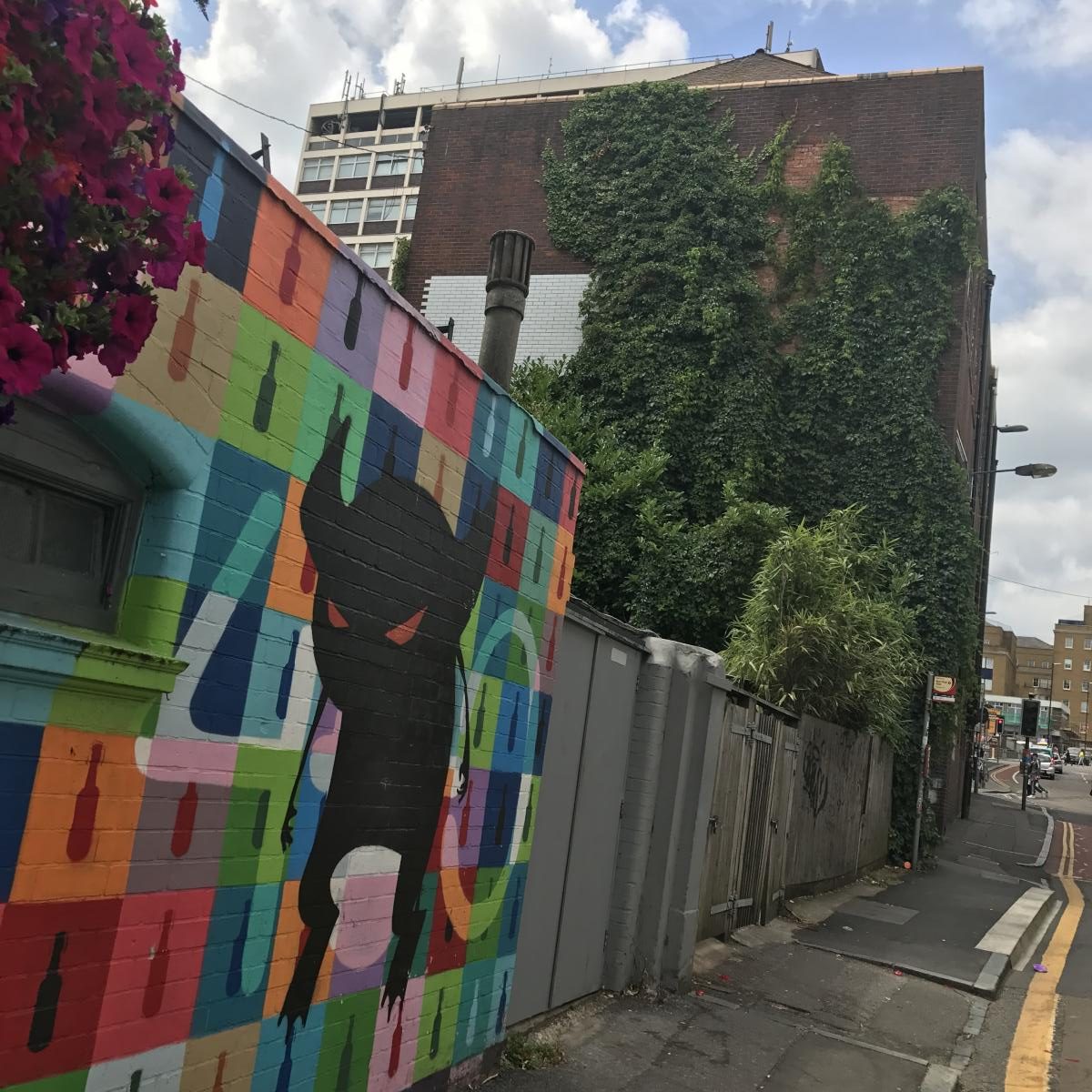
As much as I’d love to turn back the clock, to see cement and concrete dismantle, rewinding as nature rolls back to how it was before, like a wave of plush green carpet, I know that’s not yet possible. Instead, we can look to ways of inviting nature back to share the space with us again.
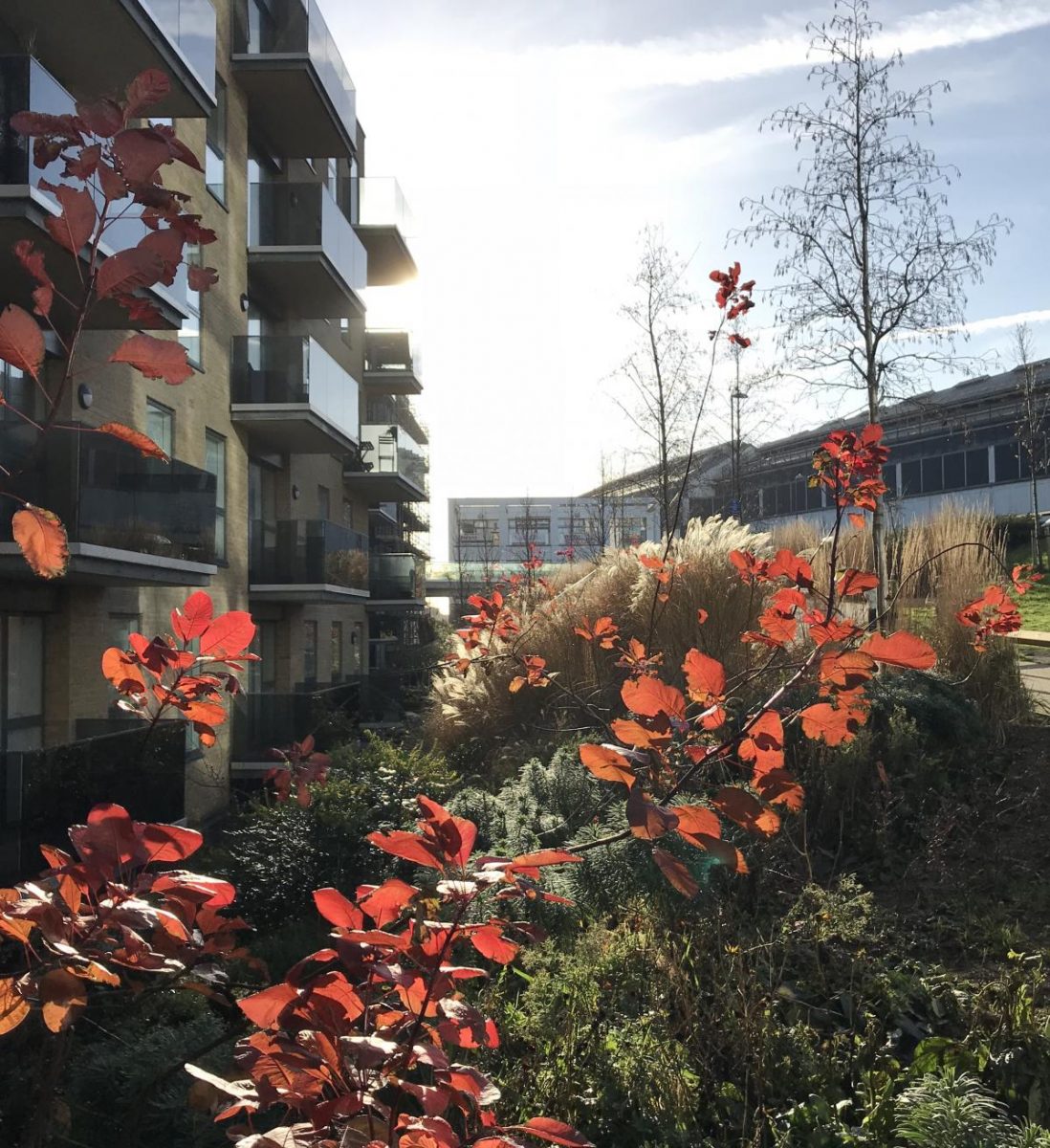
Brighton has lots of pockets for nature to live. Traditional greens, disused cemeteries turned recreational ground, modern skate parks, abandoned ground and areas intentionally left for nature. The best areas are those that have been designed like the above green route behind Brighton station. Here, the balance of nature is tipped correctly back in its favour and it’s a better environment for people to live as a result.
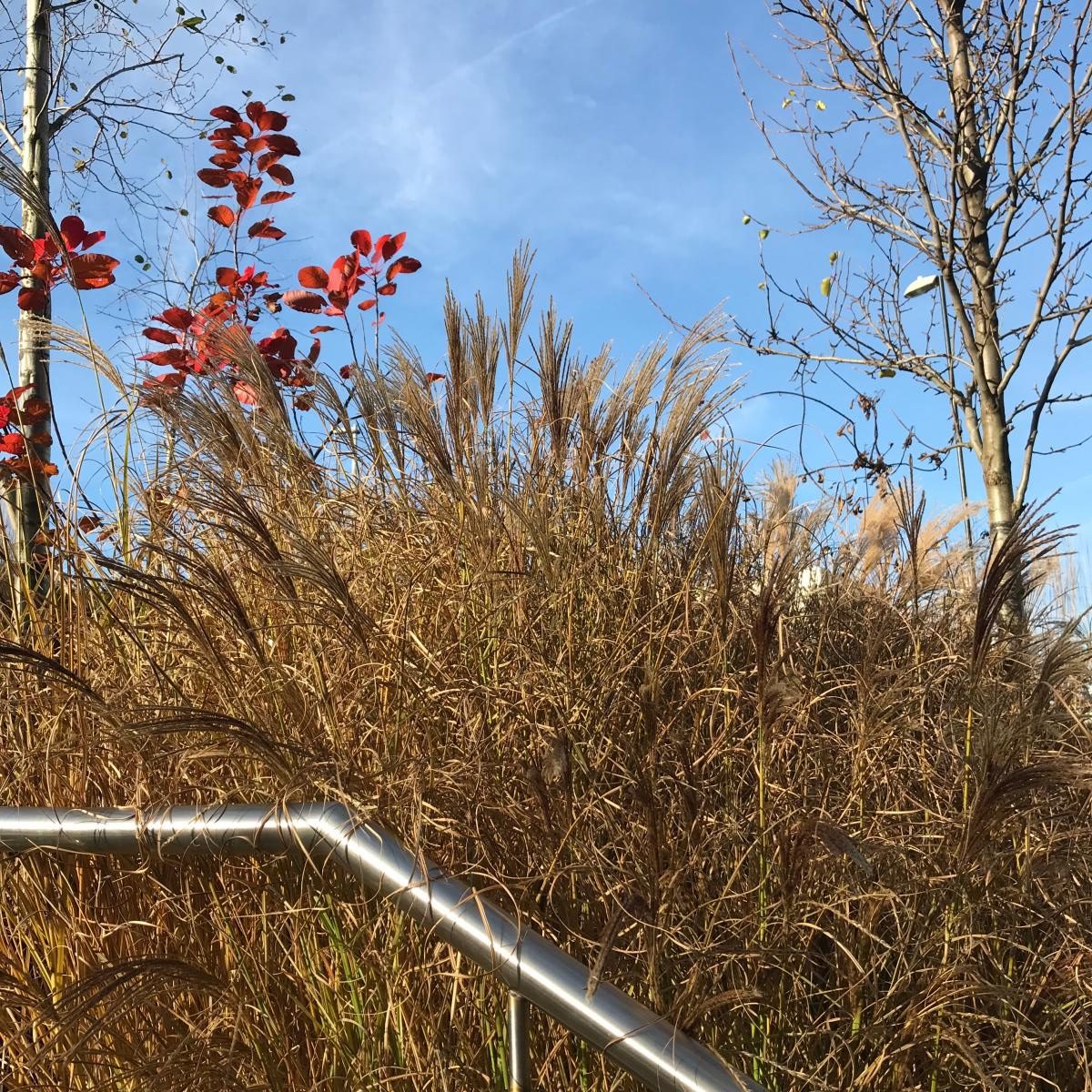
Away from the designed areas, it’s interesting to look carefully at the plants growing where they weren’t planned. This is where the magic lies, the unpredictable ways of nature. For every regular weed, occasionally an unusual or particularly perfect plant will show itself.
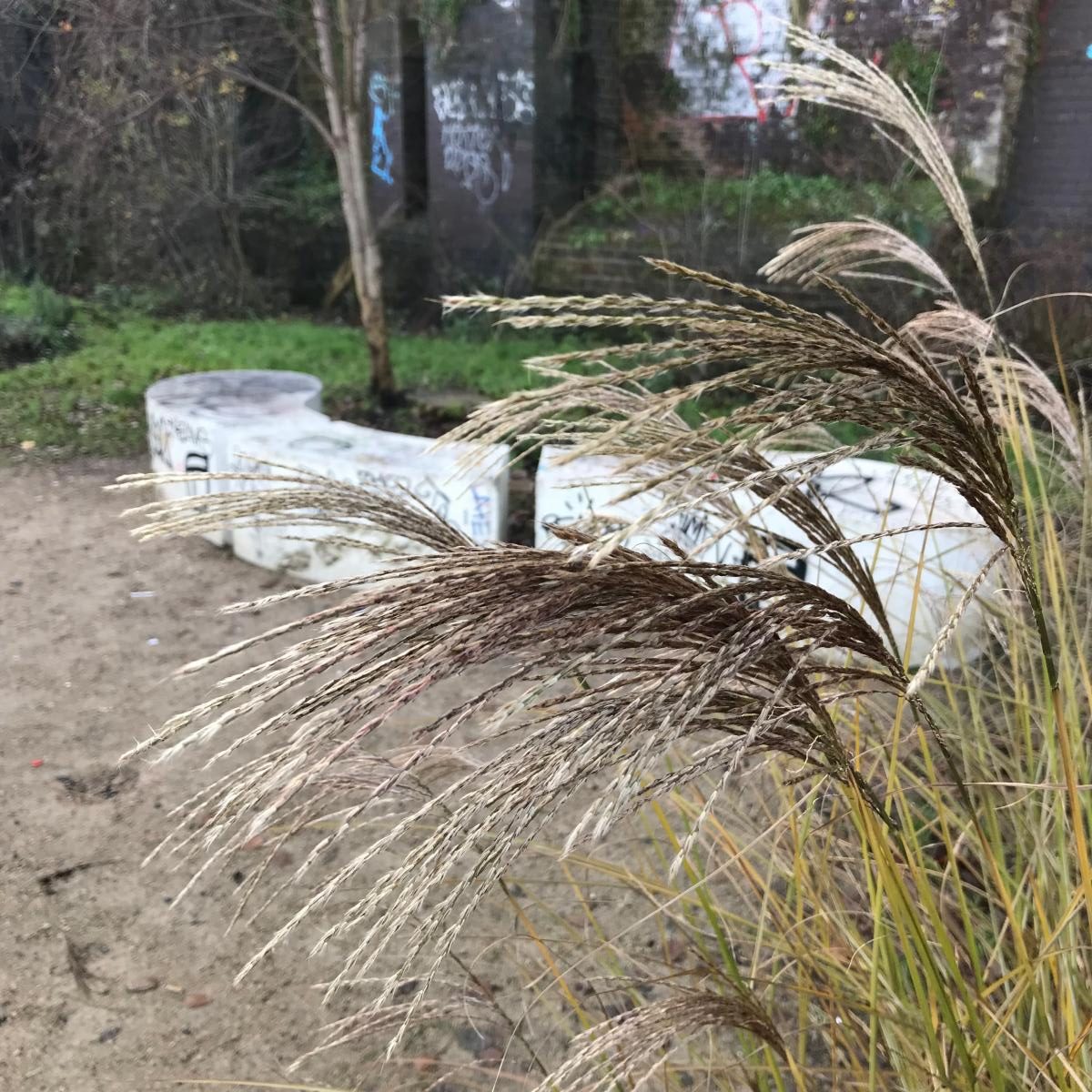
Around the Brighton station area I’ve spent hundreds of lunchtimes plodding about, looking at what’s growing through the year. It’s quite funny how much will grow if freely allowed to and in some areas they are encouraged to do exactly this. Leucanthemum vulgare (Oxeye Daisy), Pilosella aurantiaca (Fox and Cubs) and Centaurea nigra grow alongside many other weedy wildflowers and garden escapes.
One such escapee sits beneath beech trees and the towering railway arches built by the Victorians. A mass of heart shaped, hairy lime green leaves of Petasites fragrans (Winter Heliotrope). The layer of green so complete, so solid – and it can look fairly impressive with the beech trunks rising from it – that no other plant can compete with it. It is an invasive species introduced from North Africa after all.
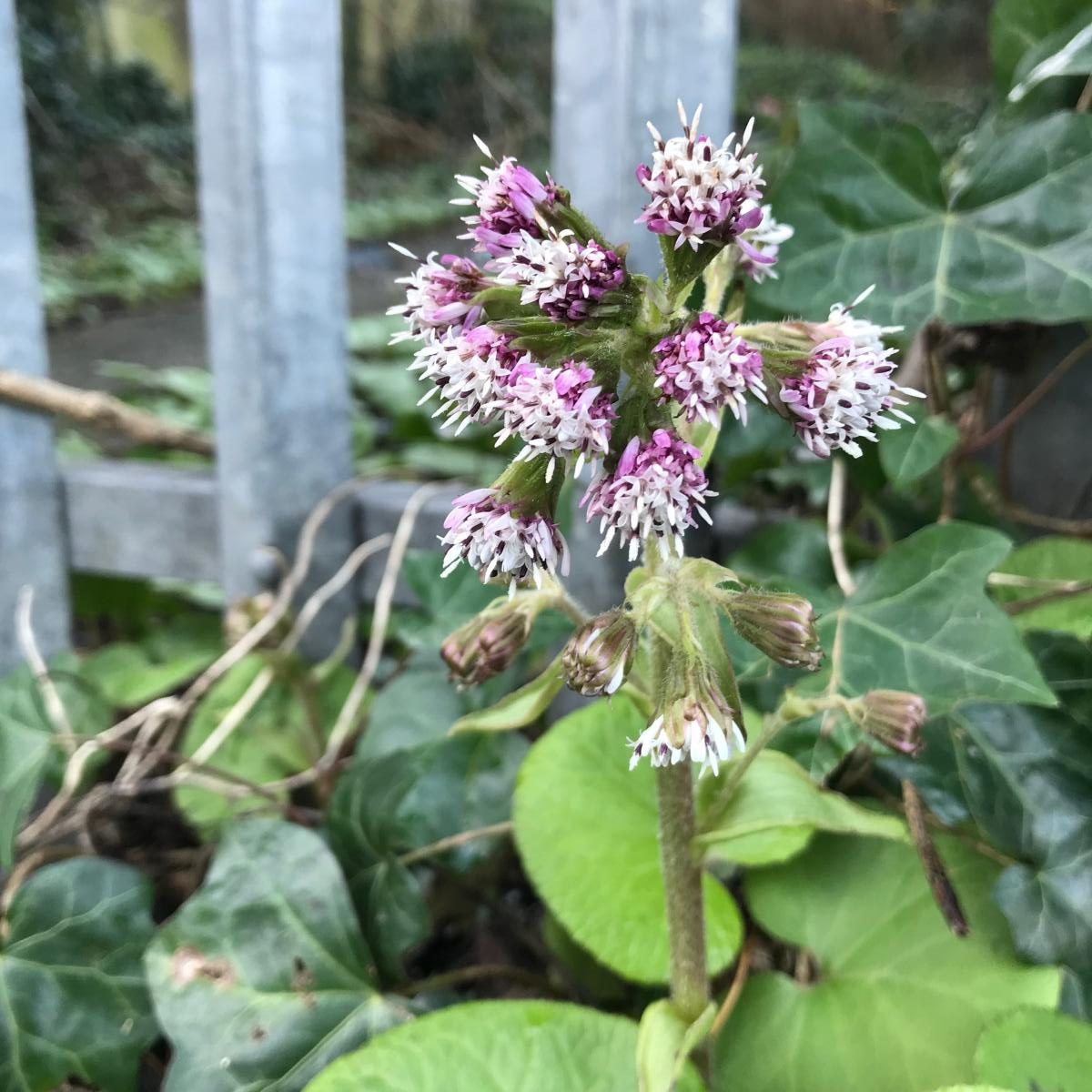
Despite its unstoppable march, I was excited today to visit the colony and to find it was already in flower. Though sparse among the plants and entirely missable from afar, the flower spikes are quite strange to look at up close. Tufts of white outlined in a rich purple. It’s the smell, to me of a sweet bubblegum, that draws me back.
Flowering only in the dead of winter, P. fragrans, like Hellebores and then Galanthus to come, are a sign of the earth teetering on its axis, about to start the slow acceleration into a new year. An annual cycle triggered by light and temperature levels that starts some plants into action when everything else is early in its dormancy.
Even in the middle of a rundown, polluted and rubbish strewn part of a heavily populated city, nature is giving its clues to us. I know that in this spot in a couple of months the leafless bright yellow dots of Tussilago farfara (Coltsfoot) are to come next, all on a public footpath. Even the inhospitable grounds of urbanity appear to be welcoming to some plants, insects and animals.
Why not pop out tomorrow, walk around a few streets and see what you can see? I wonder how things differ from city to city, town to town?
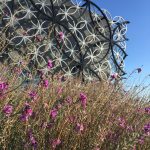
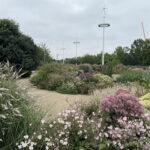
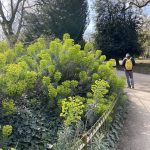
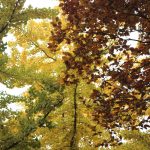
Even in the midst of sorrow joy can be found. You’ve highlighted that perfectly, Jack, thanks!
Even when times are their toughest, I find sometimes a plant can keep me going in a small way, either through its look or the intrigue of what it will do next. I saw your news on Twitter earlier Sharon, I’m terribly sorry. Thinking of you through this difficult time.
Jack xx
You’re right, cities can be lovely in the winter. New Year’s Day in a London park is always fun (weather permitting). Big congratulations on winning the Blog prize – you must be thrilled!!
I find cities can be at their most interesting in this period between winter and spring, it’s when plants are reduced right down to the bare bones or soil and you can see their shoots emerging one by one. It’s a time to see how plants really behave. Also, grasses and winter plants can look wonderful.
Thanks Julie, yes I am thrilled! It was very unexpected and I’m really honoured to have received it – I kinda think it’s shared between myself and everyone who comments, adding to the discussion of the blog, which would otherwise just be me talking to myself! 😀